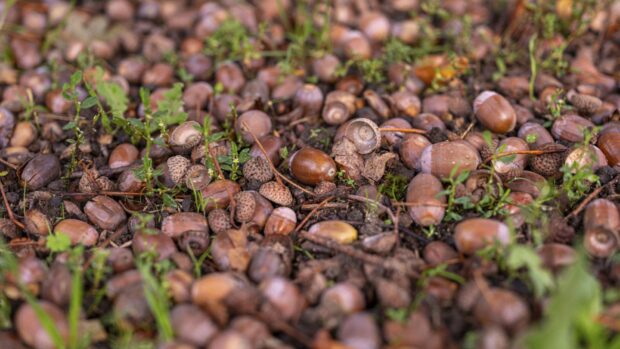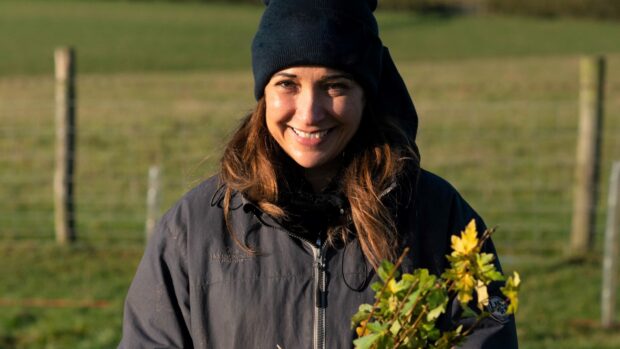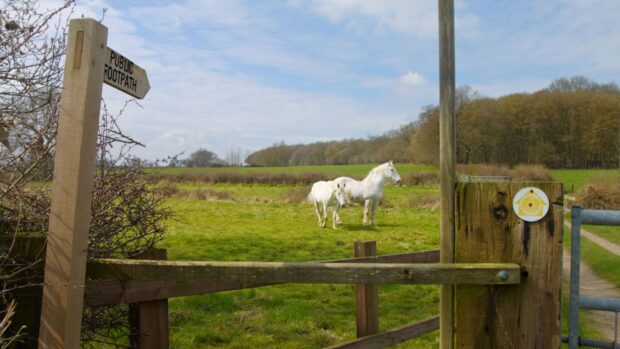Q: I have a one-acre paddock and I am at a loss as to how to treat the moss within it. The field has been spiked and raked and is due to be fertilised in the next couple of weeks, but I have yet to find the best product to deal with the moss.
DF, Perthshire
Moss usually proliferates in poorly-drained soils and shady areas. According to independent equine nutritionist Christine Smy, lifting up the moss tends to have no effect, as it regrows and moss poisoners do not prevent regrowth, unless the field conditions are changed.
“There’s no concrete data confirming the long-term effect of moss on horses, but the horse should ideally be dissuaded from eating it,” said Christine.
“However, most pasture contains varying amounts of moss and the grazing horse would probably ingest a certain amount.”
In the longer term, you need to address the field conditions.
While you cannot change aspects such as the amount of sunlight your field gets, you could look at other management tasks — try rolling the field before fertilisation. This helps provide a level surface for the new seeds, as rutted soil causes uneven growth.
“You could also increase the soil pH with lime; a cheap option to help improve soil quality,” said Christine.
“Also, you will probably find that only grasses ideal for growth on damp ground with poor drainage will grow on your land — these may include buttercup, which is poisonous to horses, and possibly daisies.
These inferior grasses may grow to the detriment of other species that off better quality paddock grass.
The best way to remove moss is with a moss killer — ask your local agricultural supplier for advice — before treating the soil with lime and reseeding with a paddock mix.
“Hopefully the grass will grow before the moss takes hold again!” said Christine.
“If you choose this route, the horse will have to be moved out of the section of paddock you’re treating for around six months or longer, until the area is regenerated; you may have to reseed more than once if the damp conditions remain.”
This Ask Horse & Hound query was first published in H&H 24 March, 2011



